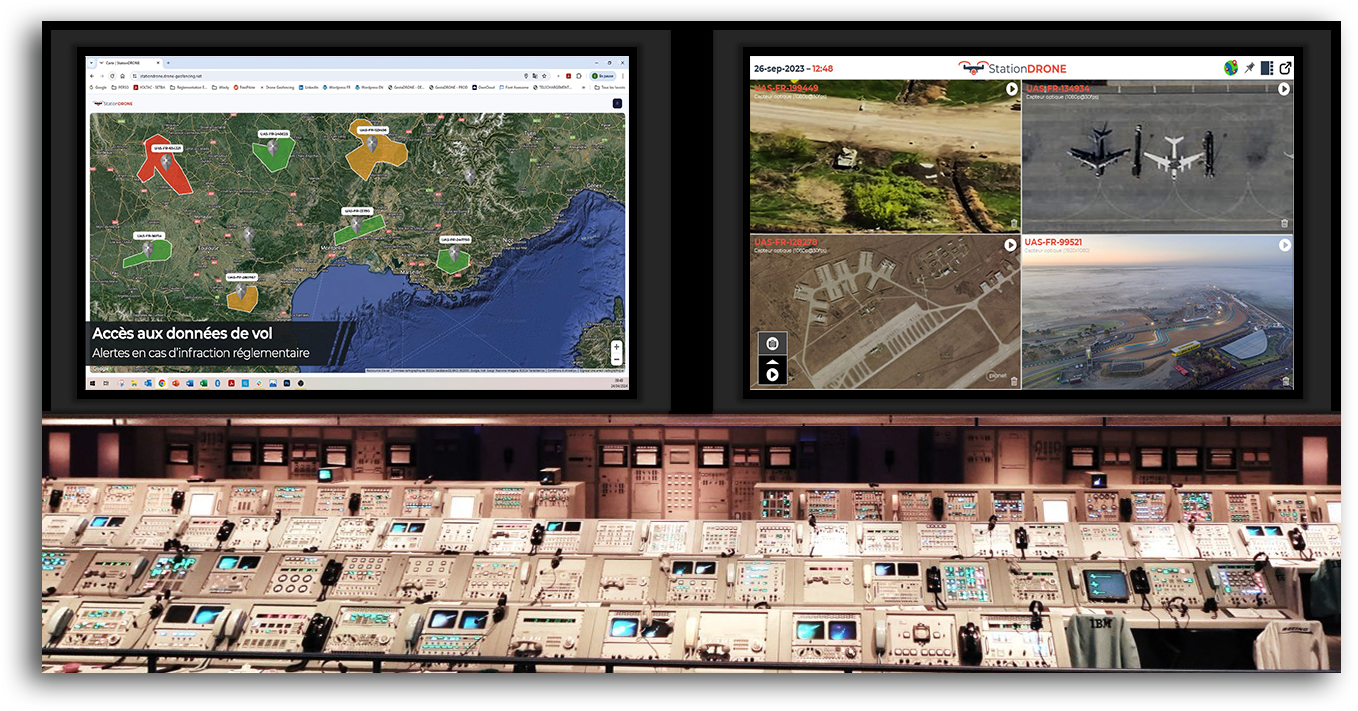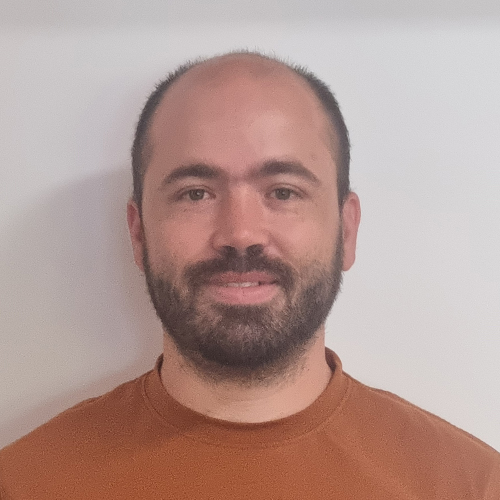A drone remains a no-autonomous equipment in human hands. In the interests of safety and protection of property and people, remote pilots must prove that they have full control of their aircrafts and the theoretical skills required to use them.
What does the regulation say?
First of all, there is an age constraint. For flight scenarios S1-S2-S3, the minimum age required is 16 years. For S4 or specific flight scenarios, the age required is raised up to 18 years.
Thereafter, (apart from the piloting of captive aerostats), the remote pilot must have and/or acquire a certain number of theoretical and practical skills. These are validated by obtaining a theoretical certificate issued after passing an exam organized by the DGAC and by a training certificate issued for the practical part.
It should be noted that these training attestations are different according to the flight scenarios to be used (S1-S2-S3-S4). In the case of multiple scenarios, it will be necessary to acquire attestations for each of the desired flight scenarios. Additional training may be added to the basic training on a case-by-case basis, depending on the characteristics of the flight/mission types.
Also, it should be noted that a remote pilot practising before 1st January 2020 will be exempted from obtaining the attestation of these training courses (theoretical and practical) if he can provide the proof that he was registered in an operator’s MAP before this date (see texts in force concerning remote pilots).
For drones weighing more than 25 kg (55.115566 lb), a specific certificate of competence issued by the DSAC is required, as well as a demonstration flight implementing the same flight conditions as the ones aimed at by the remote pilot.
What are the constraints specific to an S4 flight scenario?
For an S4 flight scenario, the remote pilot will be required to hold a helicopter, aeroplane or glider pilot licence AND to have a minimum of 50 hours practical experience as pilot-in-command on an aeroplane, helicopter or glider.
Prior to his first flight, the pilot must be able to justify having acquired 10 hours of practical flight experience with an unmanned aircraft of the same model within the previous six months.
A remote pilot cannot use a new model of remote-controlled aircraft in the context of scenario S-4, unless he has completed within the previous 6 months either a flight during which he has performed the tasks required for flight with that model of unmanned aircraft under the supervision of another remote pilot or 5 hours of flight time out of sight in scenario S2 with that model of unmanned aircraft.
For each flight carried out under scenario S4, the remote pilot must also maintain a record including the date of the flight, its duration, the type of aircraft, the location of the ground station, the take-off and landing site, where appropriate the duration of the part of the flight carried out during the aeronautical night, the name of the operator, the reference of the file co-signed by the operator and his or her client and, where appropriate, the registration number of the drone.
What are the current texts regarding remote pilots?
The Order of May 18th, 2018, relating to the requirements applicable to remote pilots who use civil aircraft flying without a person on board for purposes other than leisure, is currently in force since July 1st, 2018. However, as mentioned in previous articles, the European directives on drone activities will lead to the entry into force of new laws and regulations. Remote pilots will therefore have to be attentive to these changes and make the necessary adjustments if necessary.
What are the risks in case of infringement?
Any remote pilot in violation of the regulations (he or she is not qualified AND/OR he or she doesn’t comply with aviation regulations, or other regulations covering overflying private property and transporting goods during flights) may be liable to a penalty up to 1 year imprisonment and a fine of 45 K€.
As a remote pilot, what can DRONECARE’s solution offer you?
Drone Geofencing, with its DroneCARE software, provides its users with a “Remote pilot” module entirely dedicated to the regulatory aspect, which will allow the remote pilot, even before planning the mission he or she wishes to carry out, to check whether he or she complies with the law regarding his or her age, skills and experience. All this information is therefore centralized and can be consulted directly from the “Remote Pilot” module of the DroneCARE application.



